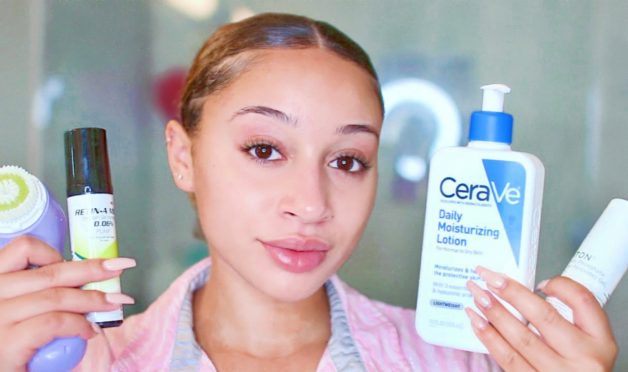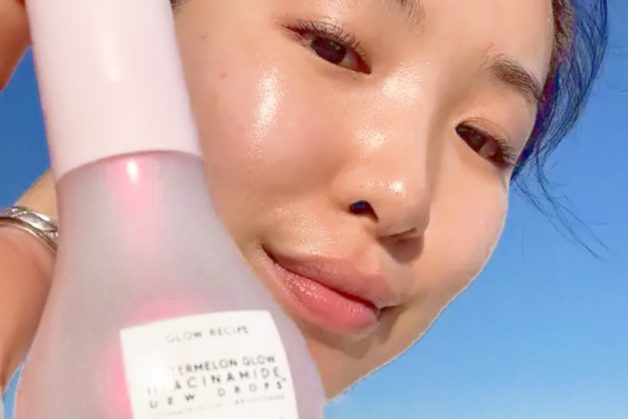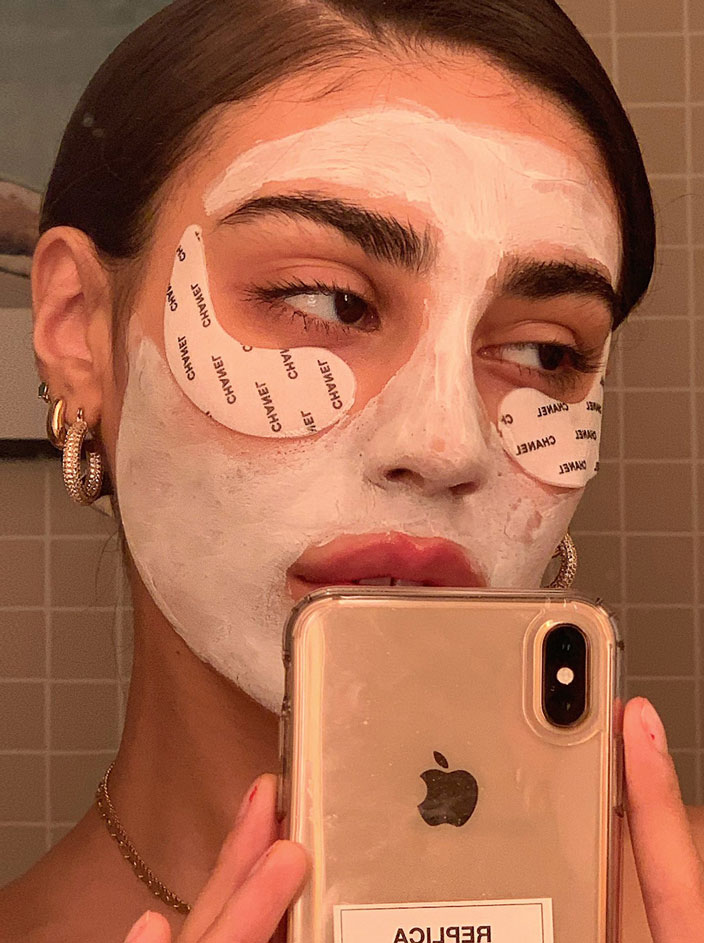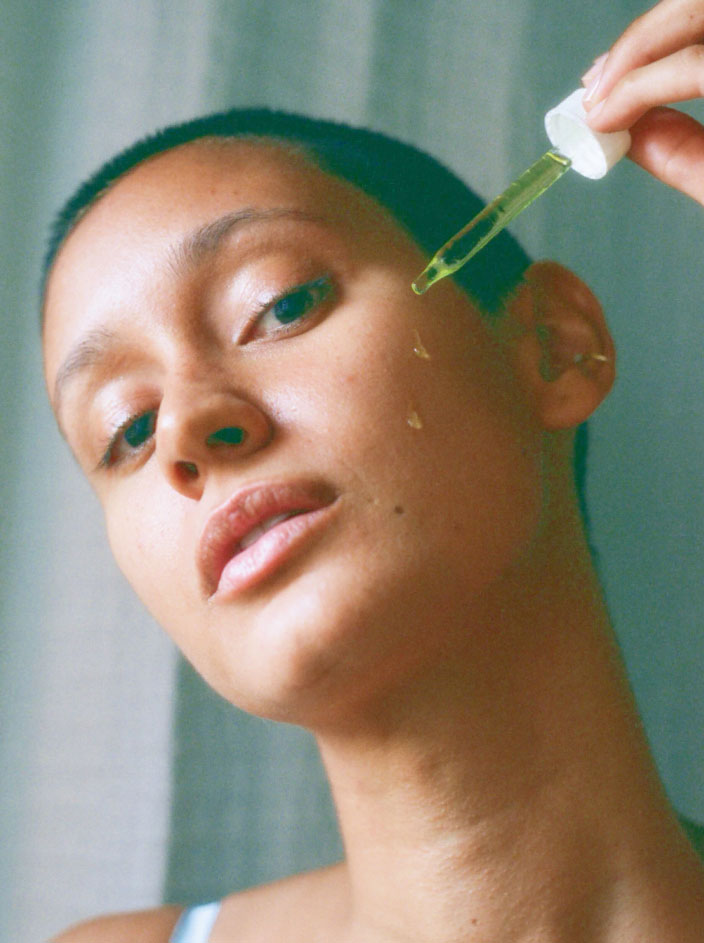
TO MIX OR NOT TO MIX: INGREDIENTS
DENIZ AKKAYA
Layering skincare ingredients that don’t go together can cause not only acne and oiliness, but also redness, flaking, burning, or the products don’t work at all by neutralizing each other…
When talking about skincare, the first thing we need to look at must be the ingredient list of the products we buy. The 6 items at the top of the product’s ingredient list are the highest concentrated ingredients. In other words, lists go from the most concentrated to the least. So, it is really important that there are no ingredients in the top 6 or higher on the list that may irritate the skin or damage the skin barrier. On incidecoder.com, you can easily discover which ingredients in your product are good and which are bad.
Layering skincare ingredients that don’t go together can cause not only acne and oiliness, but also redness, flaking, burning, or the products don’t work at all by neutralizing each other. To help you achieve healthy and clear skin, we have listed the combinations of ingredients that are stronger and those that lead to negative effects when used together.
Bad Duo: Benzoyl Peroxide and Retinol
If you are dealing with acne, you have heard of the miraculous effect of both of these ingredients in fighting acne. But there is a reason these two powerful ingredients are not used in the same product. Benzoyl peroxide is a great potent ingredient for inflammatory acne, but benzoyl peroxide can neutralize topical retinol. This does not mean that you cannot use benzoyl peroxide in the same period you are using retinol; you should just never apply on each other!
Good Duo: Retinol and Glycerin
Retinol is a miraculous skincare ingredient, but it’s also a fact that it leaves the skin dry. For this reason, dermatologists and aestheticians warn their patients and customers to use this content carefully. Also, when you start using retinol the first time, start using maybe once or twice a week. A After observing how your skin reacts, you can increase your use according to your needs. Glycerin is a powerful ingredient that can help prevent irritation when using a product containing retinol, which helps to draw water into the skin.


Bad Duo: Vitamin C and Alpha Hydroxy Acids
Both of these ingredients provide antioxidant benefits, but when used together they can disrupt your skin’s pH balance due to very high acid levels. Products that contain vitamin C (L-ascorbic acid) as an ingredient contain low levels of acidity. When you use this type of product in combination with an alpha hydroxy acid such as glycolic or lactic acid, you are essentially reducing the effectiveness of the vitamin C product. So does using them together cause irration or is it really dangerous? No. However, by doing this, you are neutralizing the two effective products you have.
Good Duo: Vitamin C and Ferulic acid
Vitamin C is a powerful antioxidant that reduces fine lines, wrinkles and hyperpigmentation. This antioxidant becomes even stronger when combined with glutathione and ferulic acid, and together they serve as a shield and anti-aging armor for your skin.


Bad Duo: Vitamin B3 and Alpha Hydroxy Acids
Vitamin B3, also known as niacinamide, is an ingredient that helps repair and improve the skin barrier.
Nicotinic acid is formed when used with a product that contains high levels of alpha hydroxy acids (i.e. glycolic, lactic acid), which can cause redness and irritation.
Good Duo: Retinol and Hyaluronic Acid
Hyaluronic acid is a powerful moisturizing molecule that can hold up to 1,000 times its weight in water, and works wonders in moisturizing the skin. As the skin ages, it gets dehydrated. This dehydration can be accelerated by ingredients such as retinol, when used in our routines. Therefore, using retinol together with hyaluronic acid in addition to glycerin is important for your skin’s moisture need.
Bad Duo: Vitamin C and Retinol
Retinols and retinoids are powerful ingredients that fight a variety of skincare issues, from reducing fine lines and wrinkles to preventing acne to lightening dark spots and increasing collagen production. Since there is a large PH difference between Retinol and L-ascorbic, using them simultaneously lowers the pH of retinol and increases the pH of vitamin C. The result? Retinol will become less active and the ability of vitamin C to penetrate your skin will be reduced. As a result, both will be less effective!


Good Duo: Vitamins C and E
Because both of these vitamins are antioxidants, they become even more powerful in protecting your skin from free radicals and reducing signs of aging when combined. So, basically, when you use both together with a broad-spectrum sunscreen, you give your skin the best protection against the sun and the wrinkles that inevitably come with UV exposure.
Bad Duo: Alpha Hydroxy Acids and Retinol
Glycolic acid and lactic acid are chemical exfoliants that help improve skin texture, minimize pores and also lighten dark spots; Salicylic acid is a beta hydroxy acid that controls oil production to help prevent acne breakouts. Glycolic acid, lactic acids, and salicylic acids are usually found in low concentrations in facial cleansers.
Although these products can be used together with retinol-based products, you should avoid layering these products, especially if you have sensitive skin.
![]()





